Re: disposable hand warmers as I understand for use in emergency situations for warming ... etc.
Body warmer size better
Body warmer size better
Last edited:
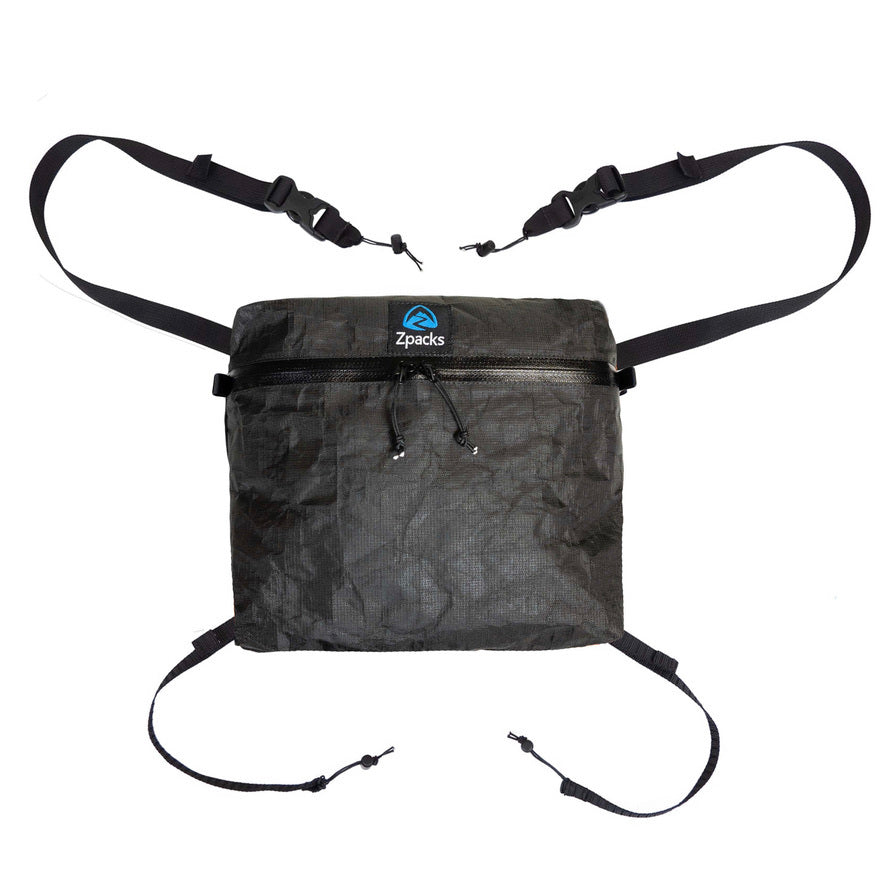

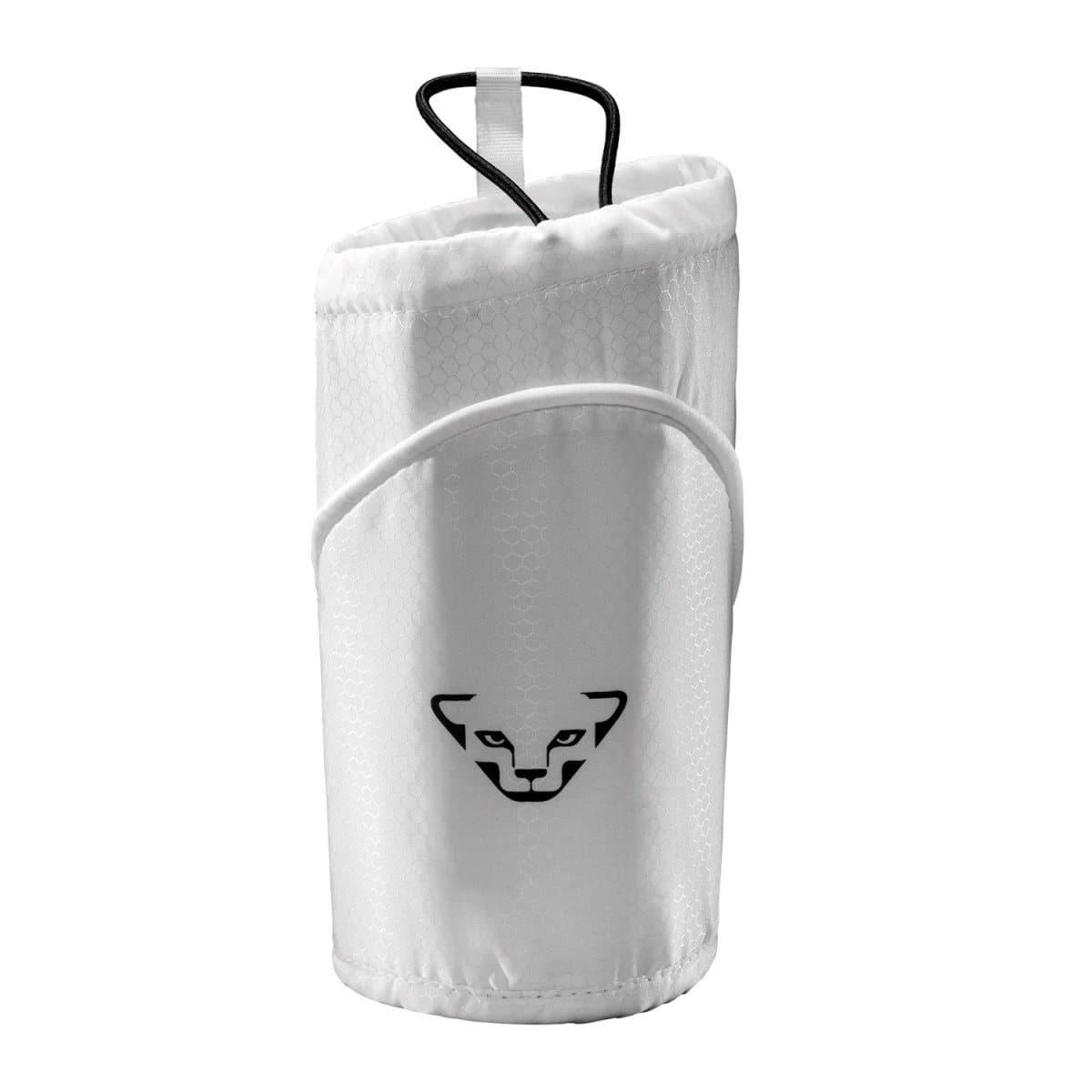
@jmeb - what exactly on your helmet is hooked into this setup to secure it to your pack?
Yeah, I have almost the same things, except a much smaller multitool w pliers. And crampons, verts (actually snowplak) ski crampons and ice axe always with me. Almost every time i go out i end up booting up a couloir.Put this together recently. This is typical day-tour carry. Not ski mountaineering (ice tool, crampons), not spring (ski crampons), not glacial, etc.
View attachment 124449
My kit after logging my 200th day in the backcountry. An inventory for those curious...
- Bag: 40L Patagonia. I use this for day trips, carried it on a haute route (5 days across the Swiss Alps) and shorter summer backpacking.
- On the shoulder straps: A Fox40 whistle, and a Rocky Talkies two-way radio.
- On the hip straps: camera case and hip pocket (see later photo for contents.)
View attachment 124450
On the back:
- Helmet: in this case a Pret with the liner removed. Connected to daisy chain by two small, light carabiners.
View attachment 124451
Inside the lid
- Garmin inReach Mini for SOS or contacting friends or family.
- I typically also attach my car keys here on a carabiner.
View attachment 124452
Unloaded bag (top right to bottom left): (NOT PICTURED: Avalanche gear! It goes without saying, in the avy pocket is a probe, shovel, and my beacon -- either a Tracker 3 or Mammut Barryvox)
First row:
- Skins: in this case, Contour Hybrids.
- Spare Layers: varies by day, this day was windy and cold so a hardshell and puffy.
- Lightweight gloves: $12 at Costco. I buy a pair every year and use them all the time. Most days I skin and ski in them. When I'm not skiing, I run and walk the pup in them.
Second row:
- Goggles: usually buried deep in the pack. Infrequently used as I typically wear sunglasses.
- (black bag) Repair/first aid kit stored in a crampon bag. Contents below.
- My go-to cold weather touring hat from Lowe Alpine. It's micro fleece lined, with ear flaps, and wind-proof shell. Hella dorky.
- 1L Nalgene for water. Duct tape.
- Backup gloves/mittens. Which pair depends on how cold the day is.
View attachment 124453
Inside the first aid/repair kit.
Top:
- Left zip lock: first aid, includes: antibotic ointment, diphenhydramine, aspirin, immodium, alcohol swabs, acetaminophen, 4x4 bandages, roller gauze, bandaids.
- Right zip lock: first aid and fire starter. Includes: lighter, waterproof matches, a cravat (triangular bandage), moleskin, athletic tape, nitrile gloves, ibuprofen.
Middle:
- Space blanket. (A SOL bivvy gets swapped in for certain adventures.)
- Wire splint
- Ratcheting tool with various bits for fixing bindings/boots.
- Stick-on Patch material
- Ski pole "splints" (for fixing a broken ski pole, right above the chap stick) -
Chapstick (more in my pocket)
- More duct tape.
- Pipe clamps for fixing poles/bindings
- Spare powder basket Bottom:
- Skin wax
- Zip ties
- Safety pins
- Ski straps. View attachment 124454
In the hip pocket for quick access:
- Multitool
- Slope angle meter
- Mini scraper (awesome for getting ice out of bindings etc.)
View attachment 124455
In the lid:
- Spare warm hat
- Headlamp
- Bag o' random food stuffs (whatever I'm eating for the day.)
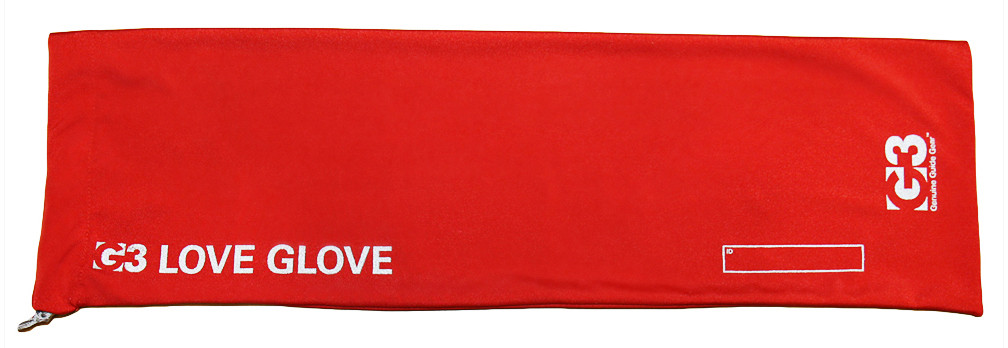
Yep, i use coltex, but similar@Rod9301 , do you mean skin gloves like these?

G3 Love Glove Skin Bag | MEC
Love Glove Skin Bag: Fast transitions are the secret to getting more runs in! A pair of Love Gloves lets you pack your skins without folding them glue on glue. To use it, fold your skinswww.mec.ca
@Noodler , One other thing I didn’t see on your list was a shell jacket or layer of some kind. Most days you’ll want to put something extra on for the descent. Which means, it needs to be in your pack on the up.
Oh and one ‘trick’ I like for winter adventures that start at the car:
Have a separate, big warm jacket or parka for wearing when you get out of the car. Nothing fancy, lightweight or technical. Even better if it’s stained or ripped.
Most mountain adventures start with an uphill, so you ‘are bold, start cold’.
But it can be very hard to get out of the car in those thin layers, and if you need to get
some gear or people together, do a beacon check, put on boots, etc etc, you get very cold fast.
You could wear the puffy that you take touring, but that means unpacking and repacking.
Instead, I take an old heavy down jacket, winter Carhart jacket, or insulated resort jacket, and drive in my ‘action suit’.
When I get to the trail head, I pull that old jacket on, hop out , do all the ‘faffing’ as the Brits like to call it.
Then, at the very last moment before skinning/hiking off, I pull it off, and throw it in the car, and away you go.
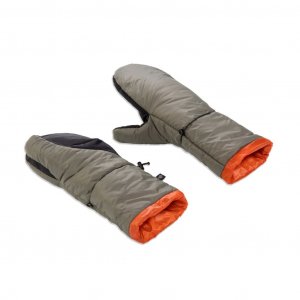
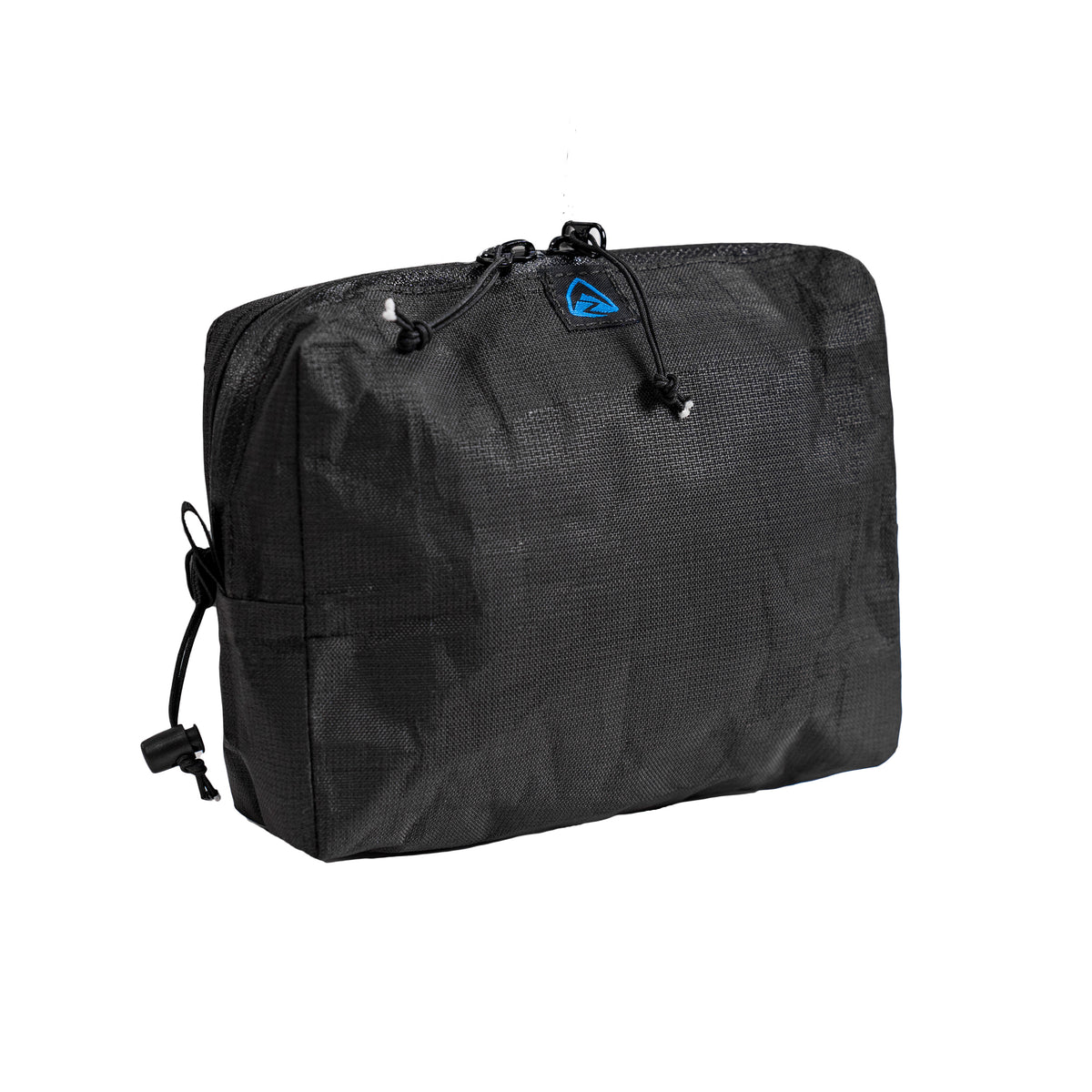
I agree. 32 better than 22. Of course pack size is like boot last, more of a relative idea than an absolute, but 22 liters is pretty darn small.So the Chuter 15 is not going to work for anything but inbounds tours because it cannot handle both the Daymakers and the shovel. I will keep it as a light pack for stuff where it's already avy controlled. I have a Dakine Tram pack that will work, but it's not much better.
Looking at the Osprey Soelden 22 or 32 packs. Leaning toward the bigger one so I don't make the same mistake again.
None of you mention carrying verts, which i think are essential if you're climbing a couloir, either in powder or spring snow, where you're sinking in over a foot.
They look like snow shoes, and you use them so you don't sink to your waist in powderPlease school me on "verts". I doubt I'll be climbing any couloirs any time soon, but inquiring minds want to know.
Smaller than normal snowshoes, specially designed for steep snow climbing, where it’s to steep for skinning and regular snowshoes, but in boots you are taking 2 steps up and sinking 1 step back down (or worse).Please school me on "verts". I doubt I'll be climbing any couloirs any time soon, but inquiring minds want to know.

